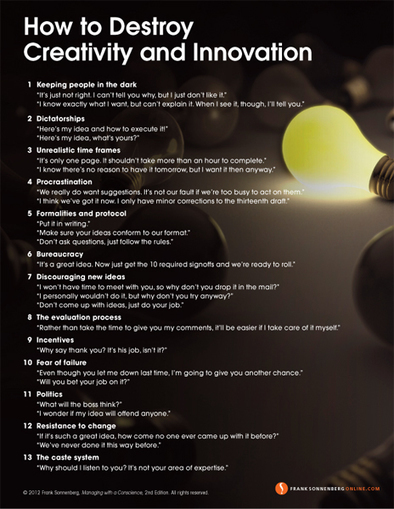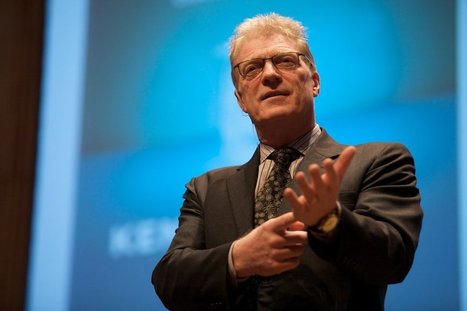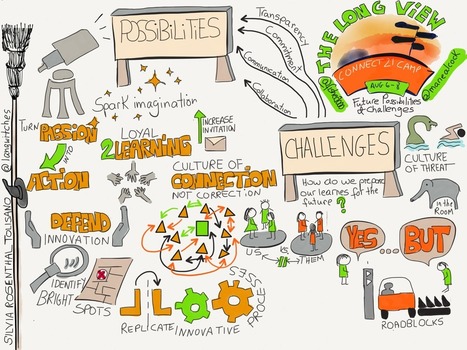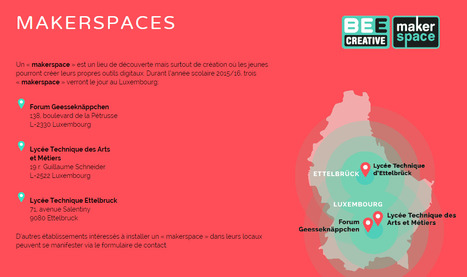If we want to transform the failing model, we need a new analogy for how that model is supposed to work, Robinson argues. We treat education like industrial manufacturing when, in reality, it's closer to organic farming. In farming, crop has different needs at different times in order to produce the greatest yield.
Why not apply the process to education?
Robinson distills his solution of so-called "organic education" into four key principles:
Health: Promoting the development and well-being of the whole student, intellectually, physically, spiritually, and socially.
Ecology: Recognizing the vital interdependence of all of these aspects of development, within each student and the community as a whole.
Fairness: Cultivating the individual talents and potential of all students, whatever their circumstances and respects the roles and responsibilities of those who work with them.
Care: Creating optimum conditions for students' development, based on compassion, experience, and practical wisdom.
Learn more:
- http://www.scoop.it/t/21st-century-learning-and-teaching/?tag=Sir+Ken+Robinson
Via
Patti Kinney,
Gust MEES



 Your new post is loading...
Your new post is loading...



















Learn more / En savoir plus / Mehr erfahren:
- http://www.scoop.it/t/21st-century-learning-and-teaching/?tag=innovation
- http://www.scoop.it/t/21st-century-learning-and-teaching?tag=Creativity
- http://www.scoop.it/t/21st-century-learning-and-teaching/?tag=Sir+Ken+Robinson
- http://www.scoop.it/t/21st-century-learning-and-teaching/?tag=Frank+SONNENBERG
Learn more / En savoir plus / Mehr erfahren:
- http://www.scoop.it/t/21st-century-learning-and-teaching/?tag=innovation
- http://www.scoop.it/t/21st-century-learning-and-teaching?tag=Creativity
- http://www.scoop.it/t/21st-century-learning-and-teaching/?tag=Sir+Ken+Robinson
- http://www.scoop.it/t/21st-century-learning-and-teaching/?tag=Frank+SONNENBERG